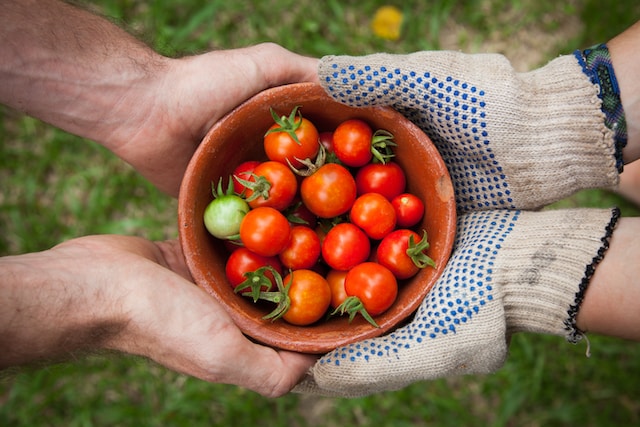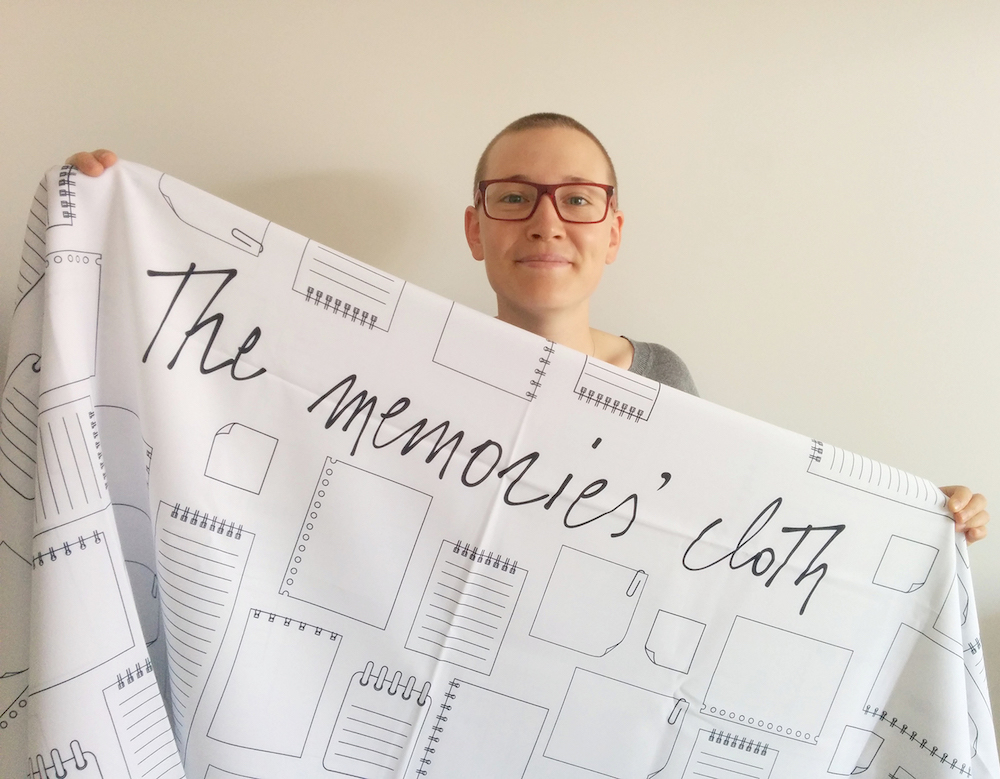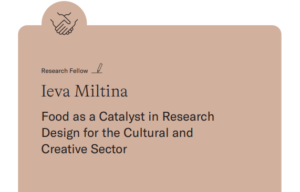Design thinking has emerged as a popular problem-solving approach across various industries. By prioritizing user needs and empowering individuals to develop creative solutions, design thinking has the potential to drive innovation and social impact. However, one area that has been overlooked in the integration of design thinking principles is the realm of food.
Food is more than just sustenance; it has the power to connect people, bridge cultural divides, and drive social change. Integrating food into design thinking methods can create opportunities for individuals to develop innovative solutions that tackle social issues such as food insecurity, sustainability, and health. In this article, we explore how food can fit into design thinking from a social impact perspective.
Using Food as a Medium for Design Thinking Facilitators
Food can be used as a medium for facilitators working with design thinking. At the most simple level, food can be used to create a comfortable and welcoming environment that fosters creativity and collaboration – serving snacks and coffee, or organizing activities around special food can offer great benefits for the organizers.

Meanwhile, there are also ways to embed food deeper into design thinking activity. Facilitators can use food as a medium to encourage participants to think creatively and generate new ideas in the phase of identifying problems, looking for solutions or prototyping. Quite literally, food can be a tangible tool that helps to explore participants’ feelings and generate ideas. Think about dough being used as a piece of clay, or community members designing their ideal sustainable plate of food with actual, edible food!
Regarding design thinking, it is important to mention the aspect of using food as a topic for participative research. Some social impact solutions might require conducting design thinking methods about food-related issues, and this way food can be used to elicit emotional responses and uncover deeper insights into user needs and behaviors also on other topics.
Solving Food-Related Social Challenges Using Design Thinking
As mentioned before, design thinking is being used across the most varied industries and stands out with its user-centered approach. Social impact field is not an exception. Therefore, the first step is to empathize with those affected by food-related issues. This involves understanding the needs and challenges of individuals who struggle with access to nutritious food, urban inhabitants that are in need for more sustainable food practices, or communities impacted by environmental degradation caused by food production.
Once user needs have been identified, the next step is to define the problem. This involves identifying the root causes of issues such as food insecurity, unsustainable food production, or food waste. Defining the problem is essential to ensure that designers develop solutions that address the underlying issues, rather than simply treating the symptoms.

With a clear understanding of the problem, designers of change can begin to generate creative solutions. This could involve developing new food products or services, creating sustainable food production models, or designing programs to educate communities about healthy food choices.
The prototyping phase is an opportunity to test and refine solutions. This involves creating prototypes to test new food products or services, piloting sustainable food production models, or implementing community-based education programs. In social impact field prototyping is often called piloting, and it allows changemakers to receive feedback from users and make necessary adjustments to the created solutions.
– – – – – – – – –
Case study
Food design thinking by Francesca Zampollo

People working in food & beverage (F&B) industry have immense power to influence eating habits and introduce substantial changes to the food systems. In this context this article reveals the Food Design Thinking approach developed by Francesca Zampollo – founder of the International Food Design Society and of Online School of Food Design©.
Here is how she describes this food-specific branch of design thinking:
What makes Food Design Thinking, is a series of specifically designed tools and techniques. These are designed to trigger creativity for projects around food, and could not, for example, be used in a general Design Thinking process. While it is appropriate to use a Design Thinking process for food projects, I argue that when designing food and around the act of eating, adopting a Food Design Thinking process will lead to better and more cohesively designed propositions.

Her work is especially inspiring, because she has devoted her life work to engaging and encouraging exchange of stories that takes place around table and food in general. To give an example, we wish to introduce her methodology called “Memories’ cloth” – at its most basic, a tablecloth that diners can scribble ideas and thoughts on. The project is meant to be a layered recorded history of those who have shared a table, an object that “grow(s) in emotional significance, because of your memories…time after time, dinner after dinner.”

– – – – – – – – –
To conclude, food has the power to bring people together and create positive change. By incorporating food into design thinking, we can leverage its potential to tackle some of the most pressing social issues of our time. Looking for solutions and approaches across concepts and industries gives a great space for exploration and novelty. The possibilities are endless, and we can’t wait to see what the future holds for food and design thinking!
Design thinking as a tool for solving food related social challenges
It is clear that approaches might differ from one changemaker to another, but here we propose a sequence based on design thinking principles to reveal how design thinking might help solve imminent challenges around food and food systems.
Step 1. Empathize: Understanding User Needs
The first and basic principle of design thinking is empathizing with the user. In the context of food, this means understanding the needs and challenges of individuals who are affected by food-related issues. This could include those who struggle with access to nutritious food, urban inhabitants that are in need for more sustainable food practices, or communities impacted by environmental degradation caused by food production.
Implementing this user-centered approach, changemakers shall look for community level challenges and try to understand their actual needs. By empathizing with the individuals, it is possible to develop a deeper understanding of their needs and challenges. This insight can inform the creation of innovative solutions that address these challenges and improve the lives of those affected by food-related issues.
Step 2. Define: Identifying the Problem
Once user needs have been identified, the next step is defining the problem. In the realm of food, this could involve identifying the root causes of issues such as food insecurity, unsustainable food production, or food waste. Defining the problem is essential to ensure that designers develop solutions that address the underlying issues, rather than simply treating the symptoms.
Step 3. Ideate: Generating Creative Solutions
With a clear understanding of the problem, designers can begin to generate creative solutions. In the context of food, this could involve developing new food products or services, creating sustainable food production models, or designing programs to educate communities about healthy food choices.
The ideation phase is an opportunity to think outside the box and develop innovative solutions that can drive social impact in the realm of food.
Step 4. Prototype: Testing and Refining Solutions
Once ideas have been generated, designers can create prototypes to test and refine their solutions. In the context of food, this could involve testing new food products or services, piloting sustainable food production models, or implementing community-based education programs.
The prototyping phase allows designers to receive feedback from users and make necessary adjustments to their solutions. This process ensures that the final solutions are effective, impactful, and sustainable.
Conclusion
The integration of food into design thinking can create opportunities for individuals to develop innovative solutions that tackle social issues such as food insecurity, sustainability, and health. By empathizing with individuals who are affected by food-related issues, defining the problem, generating creative solutions, and testing and refining these solutions, designers can drive social impact in the realm of food.
Design thinking provides a framework for individuals to develop solutions that prioritize user needs and drive social impact. By incorporating food into this methodology, designers can develop solutions that address some of the most pressing social issues of our time.








